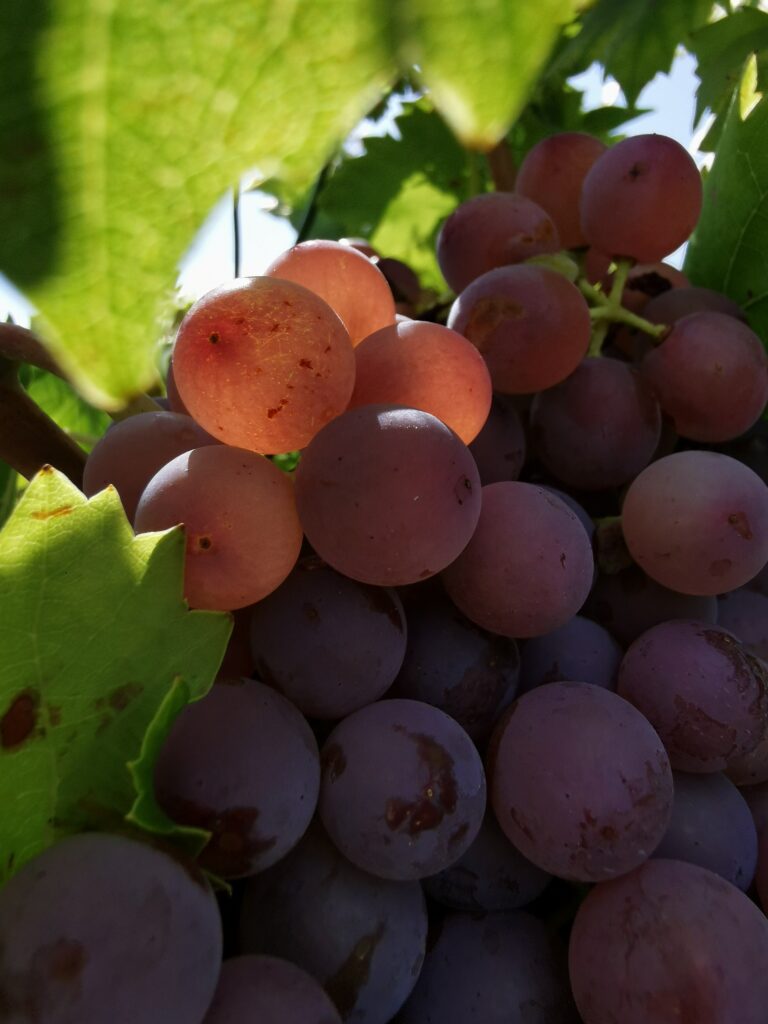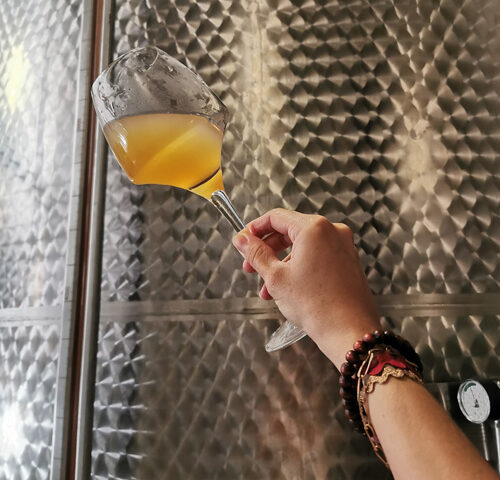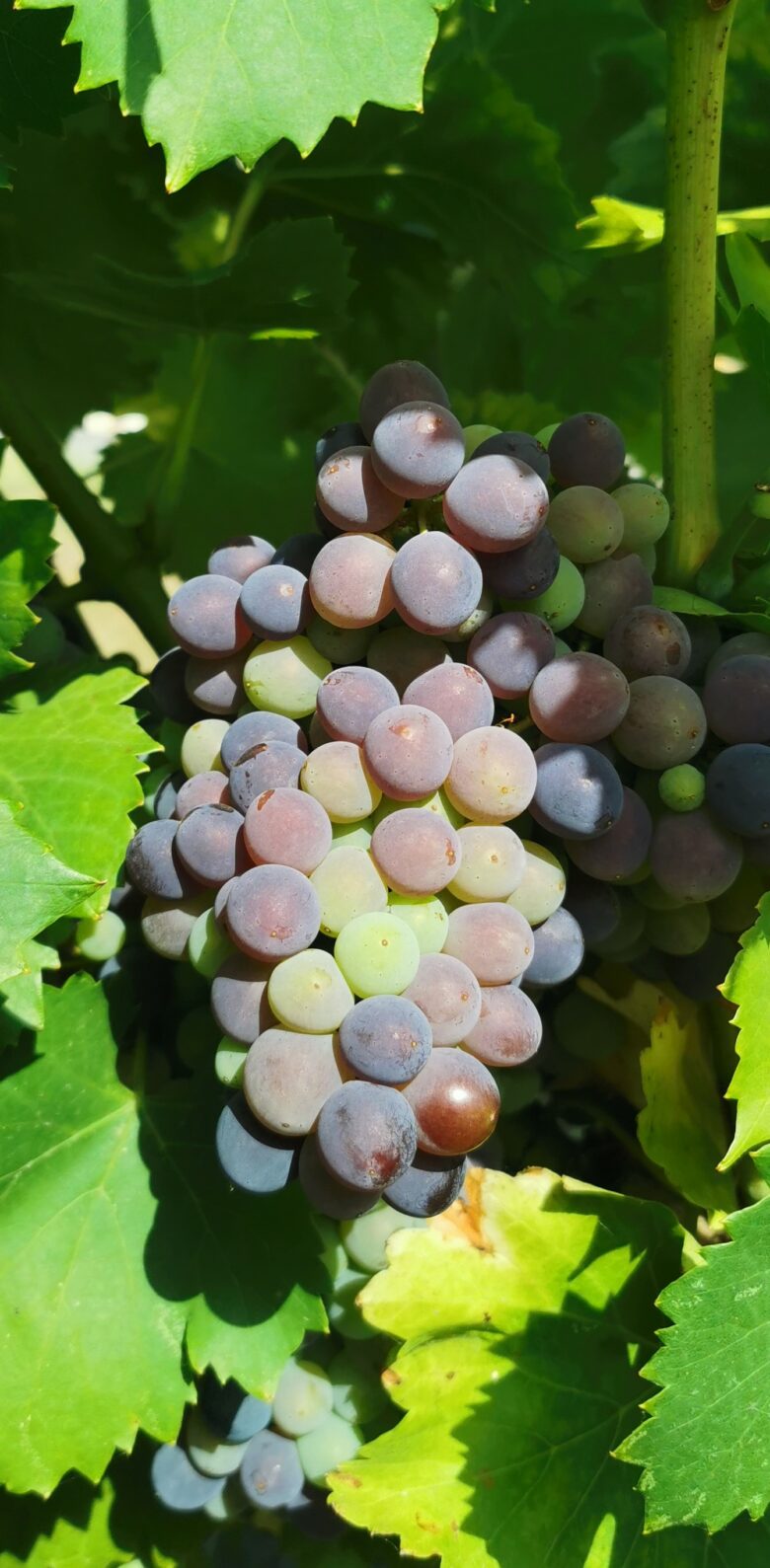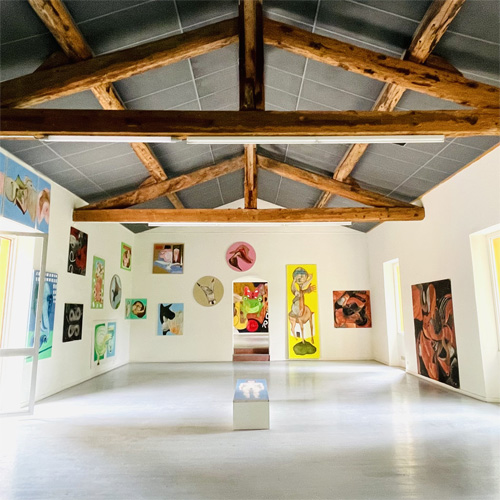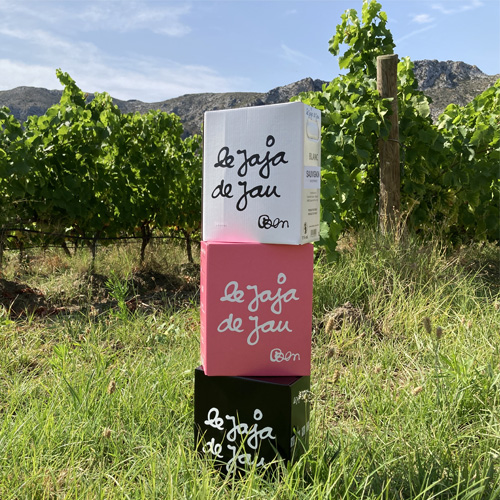Winemaking is the art of transforming grapes into the nectar you love.
White, rosé and red wines require specific techniques to create unique aromas. Let’s discover the different skills involved.
If you’re curious, we can even tell you about sweet or sparkling wines in a future article.
Don’t hesitate to let us know in a comment !
Learn everything you need to know about making white, rosé and red wine!
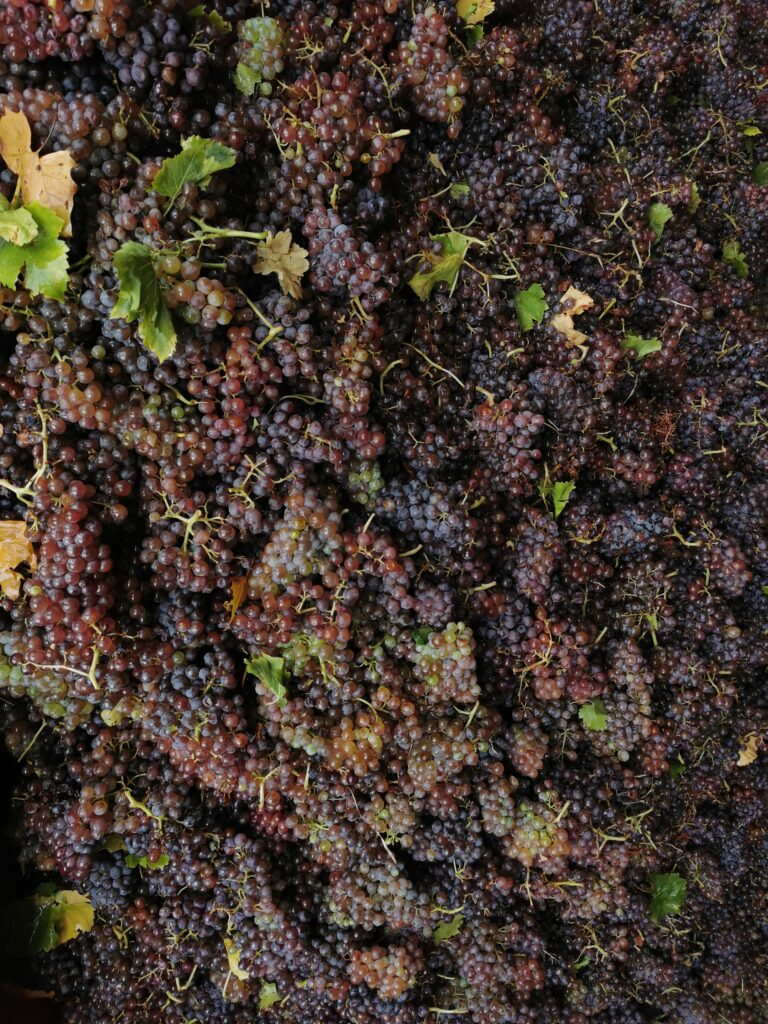
White Wine Vinification
It all starts with the harvest of white grapes. At Jau, we cultivate 5 grape varieties: grenache blanc, grenache gris, vermentino, macabeu and chardonnay. Red grapes with white pulp can also be used, but this is rarer in our region. Here are the key stages in making white wine:
The grapes are carefully harvested by hand to avoid damaging the berries. Harvest takes place early in the morning to preserve the freshness of the grapes and the integrity of the aromas.
The grapes are pressed to extract their juice. Then, the juice is separated from the skins and seeds to obtain a clear must.
The must is transferred to a temperature-controlled stainless steel tank, where the yeasts transform the sugars into alcohol and carbon dioxide. We control the fermentation temperature, in order to preserve the delicate aromas.
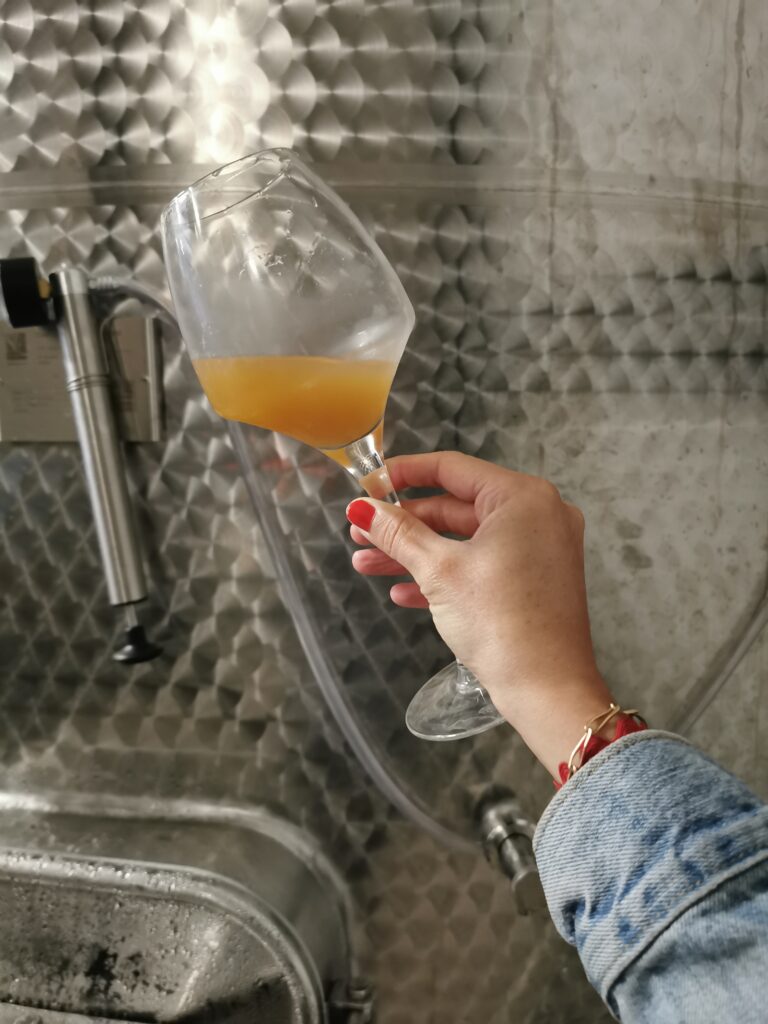
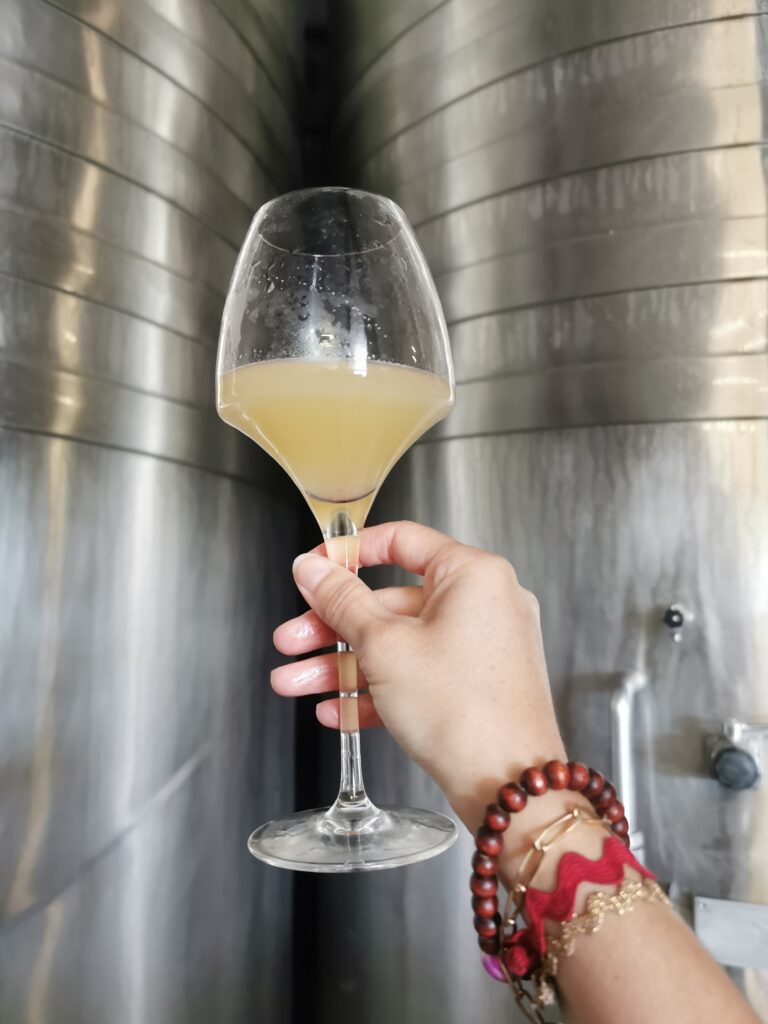
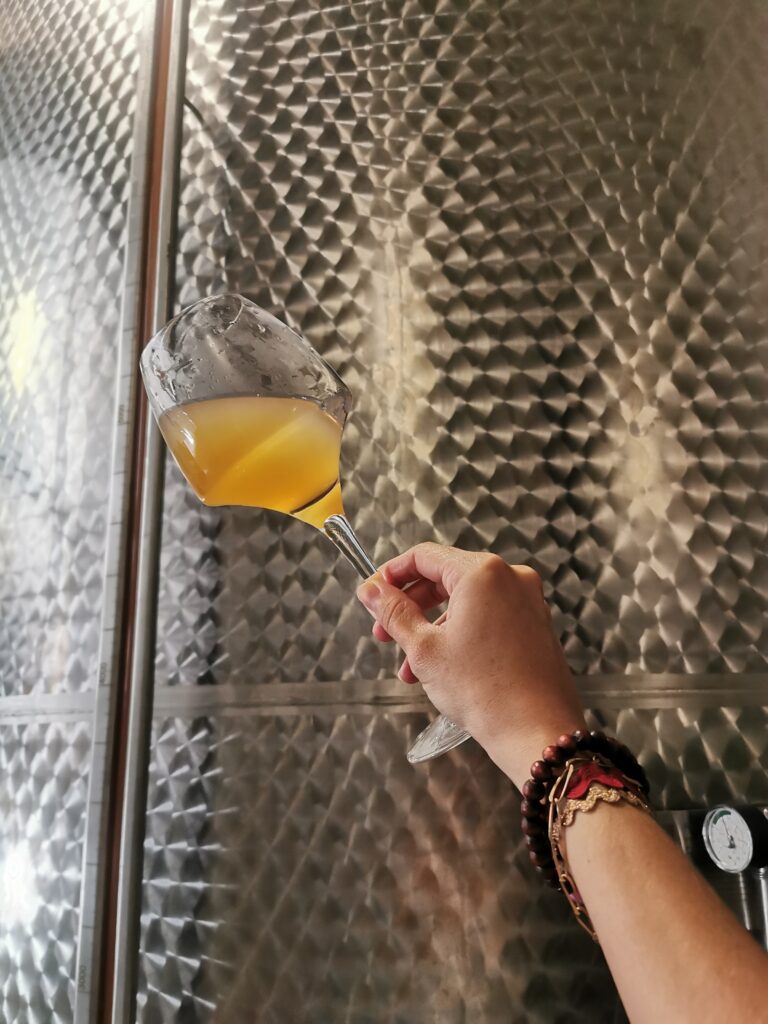
After fermentation, the white wine may be matured in stainless steel vats or oak barrels (like our famous Jaujau 1er) to develop its aromatic complexity. Some white wines undergo malolactic fermentation to reduce their acidity.
Once the aging process is done, the wine is bottled and generally drunk young to preserve its freshness. This is particularly true for our dear Cuvée J.
Now it’s time to taste!
Rosé Wine Vinification
Rosé can range in color from pale pink petal to salmon, but today the trend is towards light rosés! These wines are renowned for their lightness and fruity character. The perfect summer wine!
Rosé can be made in 2 differents techniques: direct pressing or “de saignée”. At Jau, we use the first technique.
The grapes used for rosé wine can be red or “grey”. Contact between the skins and the juice is limited to prevent too much color extraction.
As with white wine, the grapes are pressed directly after the harvest to obtain the clearest must that’s possible. The length of time the skins macerate with the juice determines the final color of the rosé.
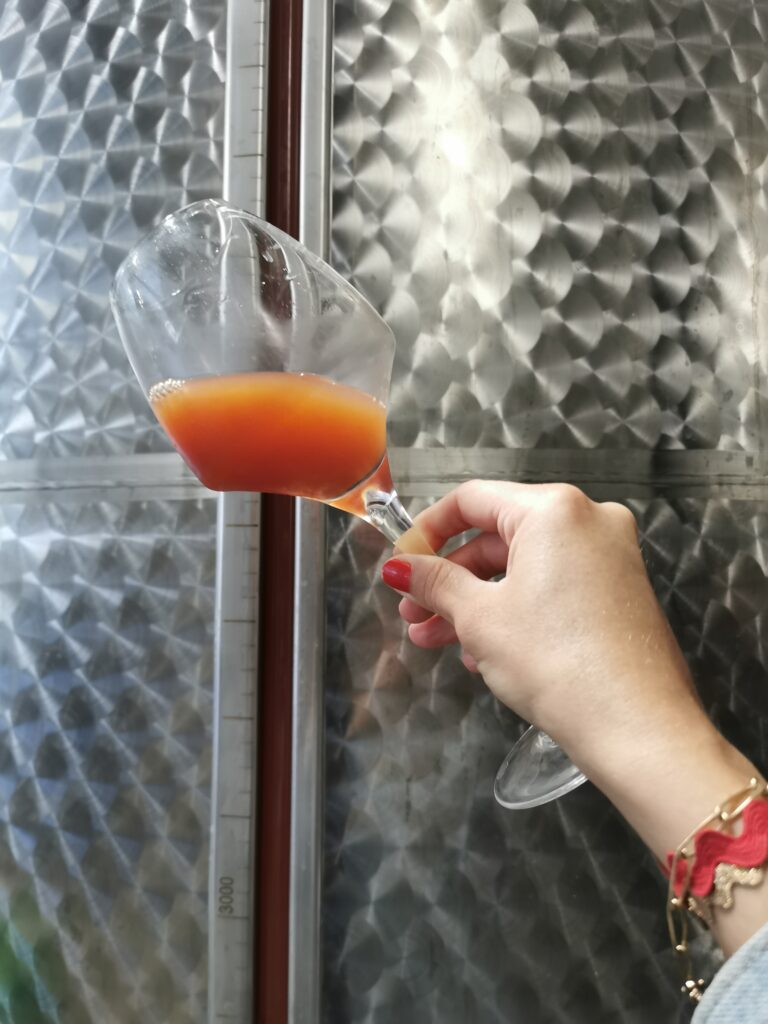
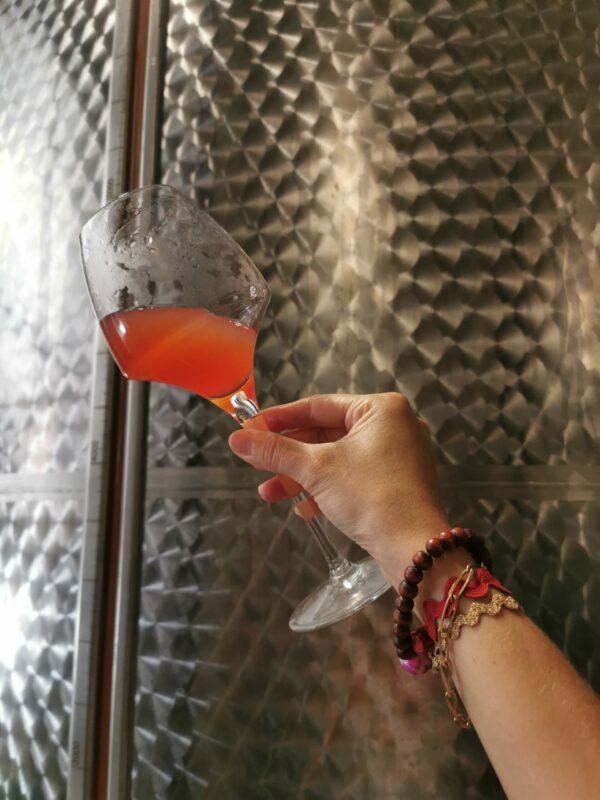
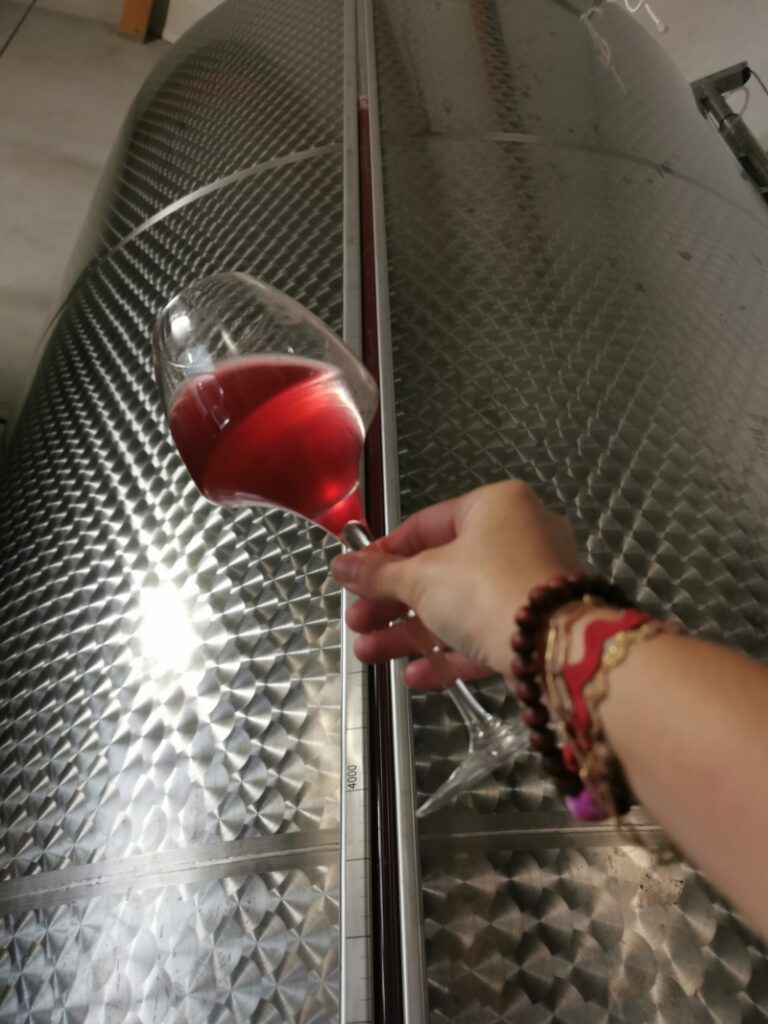
The must is then placed in stainless steel vats and fermentation begins.
We mature our rosés exclusively in stainless steel to preserve freshness and tension.
Rosé wines are meant to be drunk quickly, to take advantage of their liveliness and fruity young aromas, so they are bottled quickly (in December). So that you can enjoy them as soon as the fine weather arrives !
Red Wine Vinification
The date for the grape harvest (whether it’s white or black) is determined by maturity tests carried out beforehand, directly in the vineyard, by our oenologist Hervé and Franck, our vineyard manager. We aim for optimum ripeness to guarantee aromas that are typical of the Roussillon region and an alcohol content that preserves the balance of the wine. Once the date has been set, the grapes can be harvested.
The grapes are destemmed to separate the berries from the stalks. Indeed, the stalks can give the wine herbaceous notes, which we want to avoid. The grapes are then crushed to burst the berries and release the juice. The must ferments with the skins and seeds to extract the pigments and tannins that give the wine its color and structure. As a result, the long maceration required for extraction means a longer fermentation period than for white and rosé wines.
After this process, our wines are matured in stainless steel vats or french oak barrels, depending on the profile we are looking for.
For example, our Jaujau 1er is the only one to be aged in oak barrels. This lasts 12 months and refines the tannins, adds complexity to the aromas (for example, developing notes of vanilla, roasted aromas or toasted bread) and gives the cuvée potential for aging.
Once the wine has reached its desired maturity in vat or barrel, it is bottled. Then, they can continue to evolve by aging in a fresh and dry cellar, far away from the natural light.
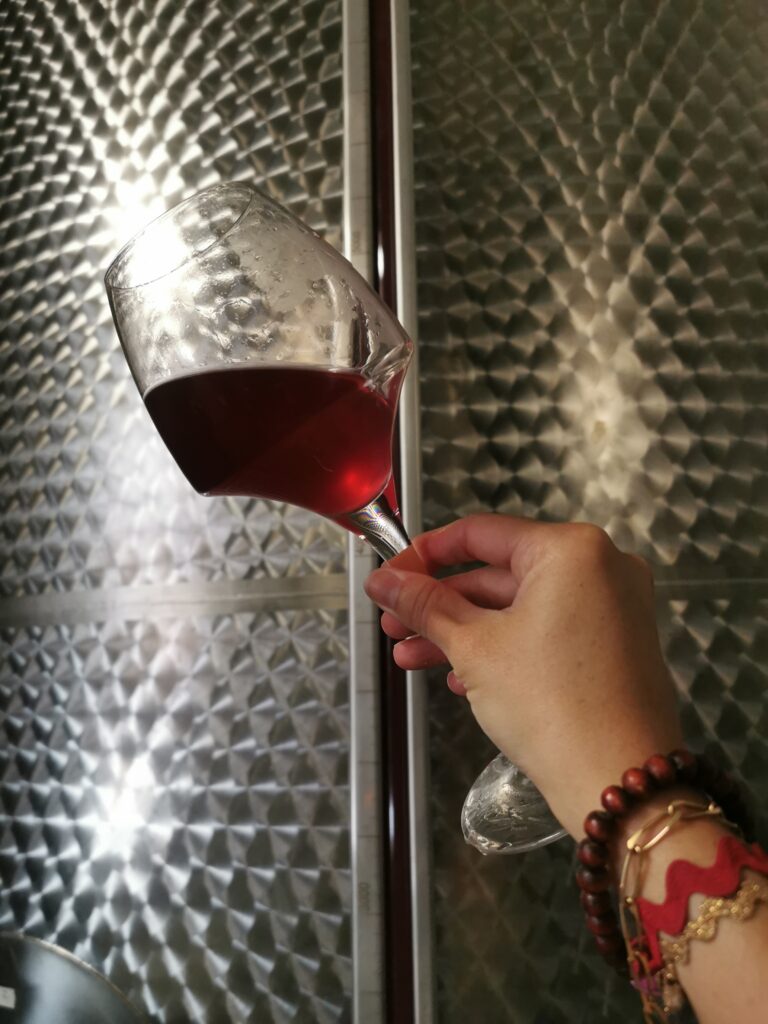
Stay connected with us on social network, to follow the winemaking process !
